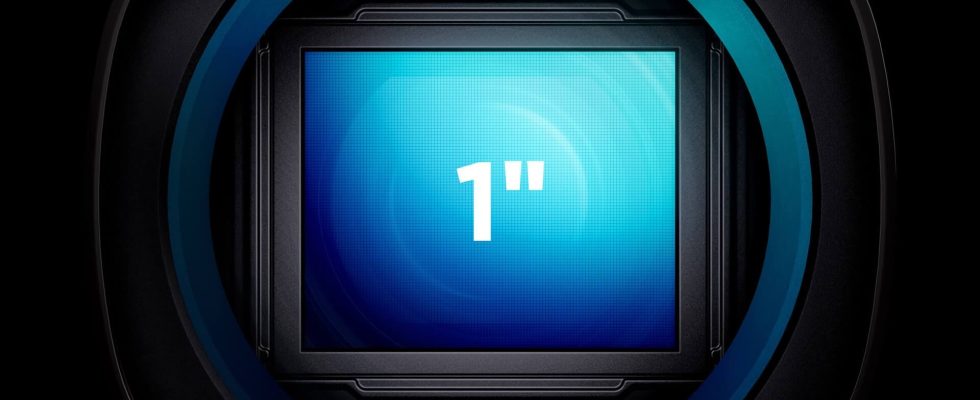highly anticipated DJI Osmo Pocket 3, has officially arrived, ending weeks of leaks and rumors. This compact, gimbal-stabilized camcorder is shaping up to be a top choice for vlogging enthusiasts and a great camcorder option for those on a budget.
For those unfamiliar with the Pocket series, it consists of compact camcorders equipped with a three-axis gimbal for solid stabilization and creative camera maneuvers. Three years after the release of DJI Pocket 2, we are now introduced to a modernized version with significant improvements that make it perfect for creating content for social media platforms.
The notable improvement is a change described as a “game changer” for the Pocket series in our DJI Osmo Pocket 3 review. 1/1.7 inch from a sensor 1 inch is an upgrade to a sensor. This transition means improved image quality and significantly improved low-light performance.
Pocket 3 also has a fairly large camera for framing your shots. 2 inch touch screen, 4K/120fps It has the ability to shoot slow-motion video for uninterrupted subject tracking. ActiveTrack 6.0 It has autofocus, a tripod mount, and various other improvements. Here’s a comprehensive overview of everything DJI Pocket 3.
DJI Pocket 3 Price and Release Date
DJI Pocket 3 It can currently be ordered in two different packages. The standard Pocket 3 bundle is priced at $519 and includes the camera as well as some accessories like a wrist strap, USB-C charging cable, and a standard 1/4-inch threaded grip. This is priced at $349 when it launches in 2020. Pocket 2It indicates a significant price increase compared to .
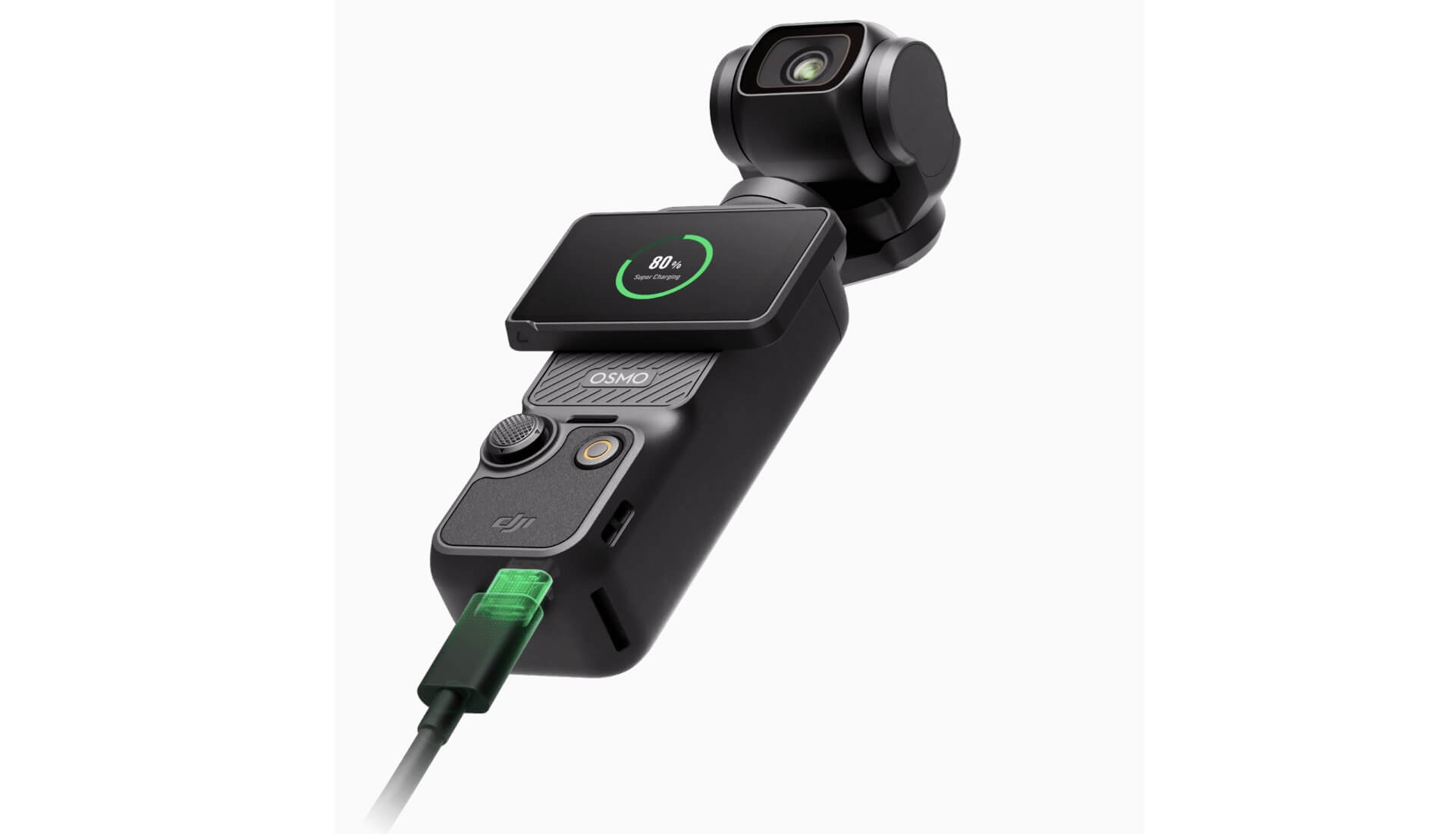
For those needing a complete vlogging setup, Pocket 3’s Creator Combo is available for $669. This package includes everything in the standard package plus a DJI Mic 2 transmitter, microphone windshield, a microphone clip magnet, battery holder, mini tripod and one carrying bag Contains.
DJI Pocket 3 Features and Design
Looking at the specifications of the Pocket 3, it appears that there have been significant hardware upgrades in this compact camcorder, which is a souped-up version of the Pocket 2 with an improved display. Along with a new 1-inch sensor (capable of shooting 4K/120p video) and a larger 2-inch touchscreen, there’s also a larger battery (up from 875mAh to 1300mAh) that provides around two hours of 4K recording on a single charge. Notably, it can charge quickly, taking just 32 minutes with the Power Delivery charger.
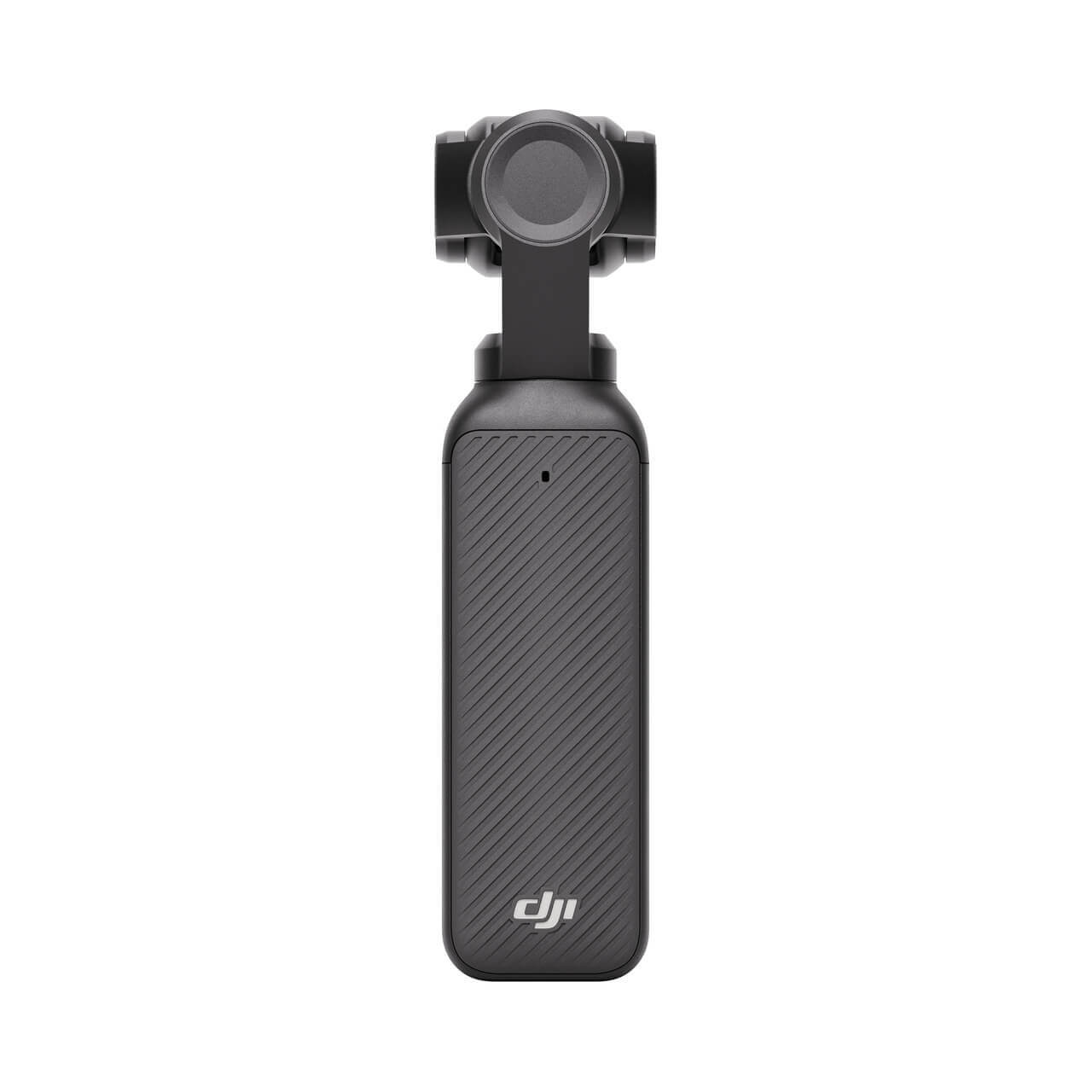
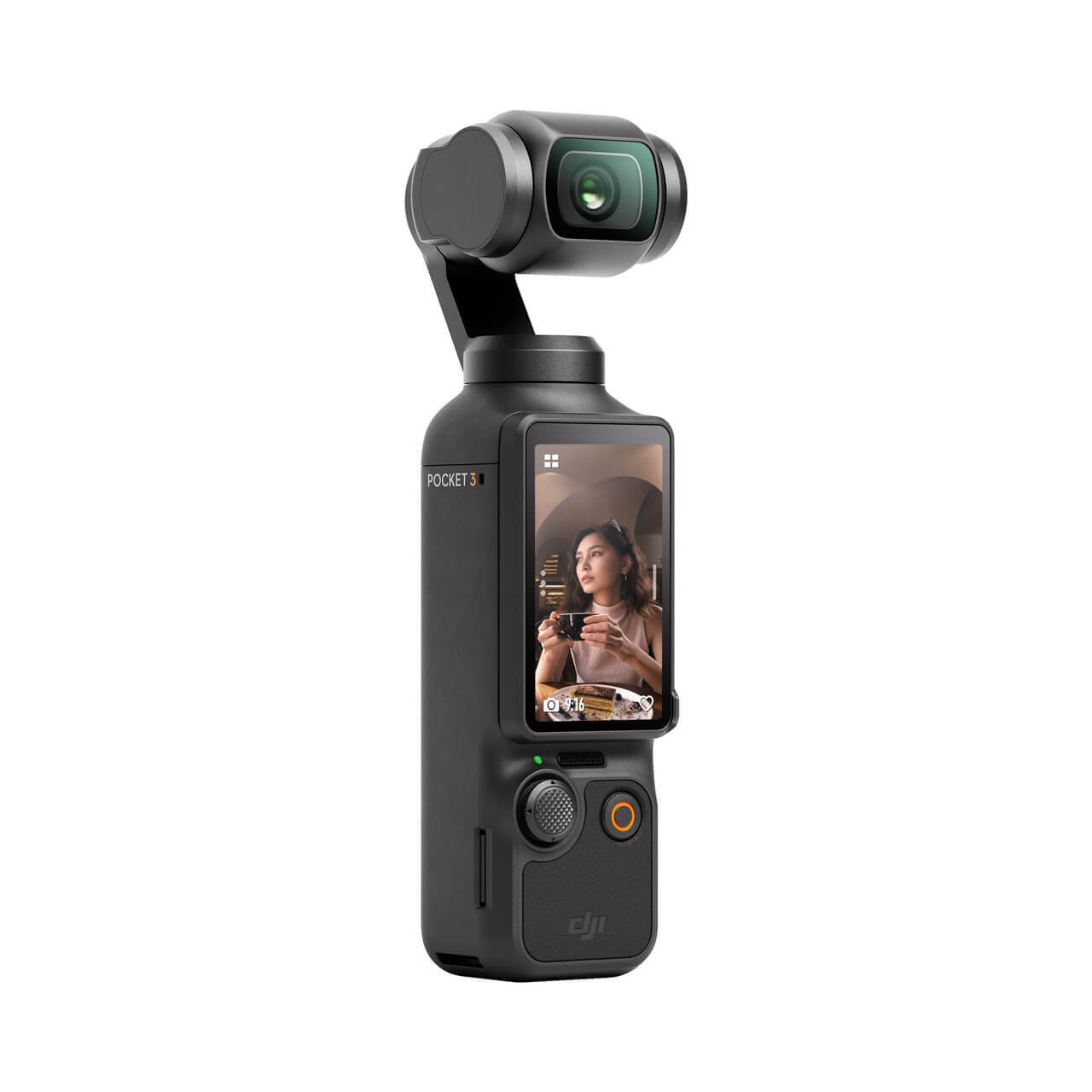
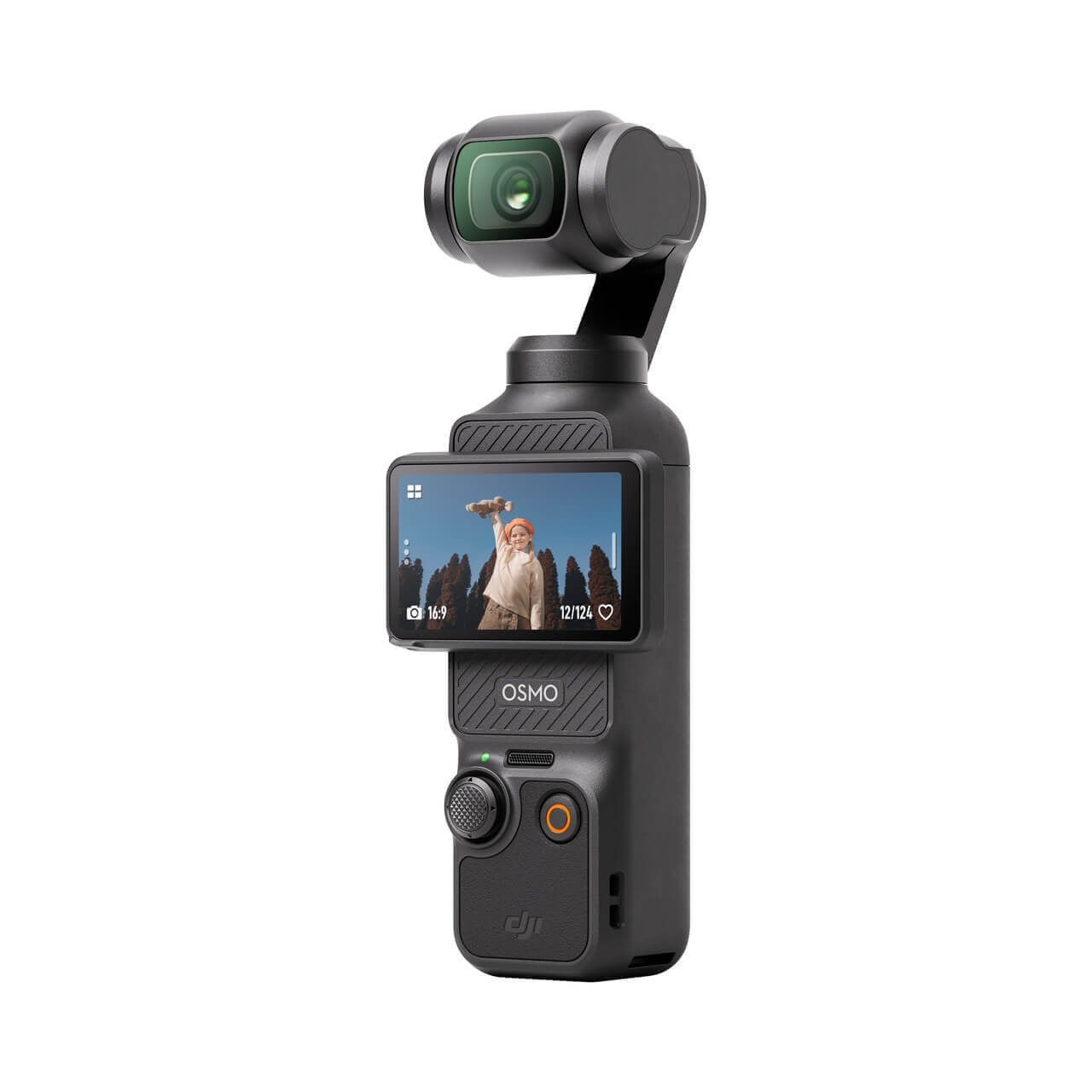
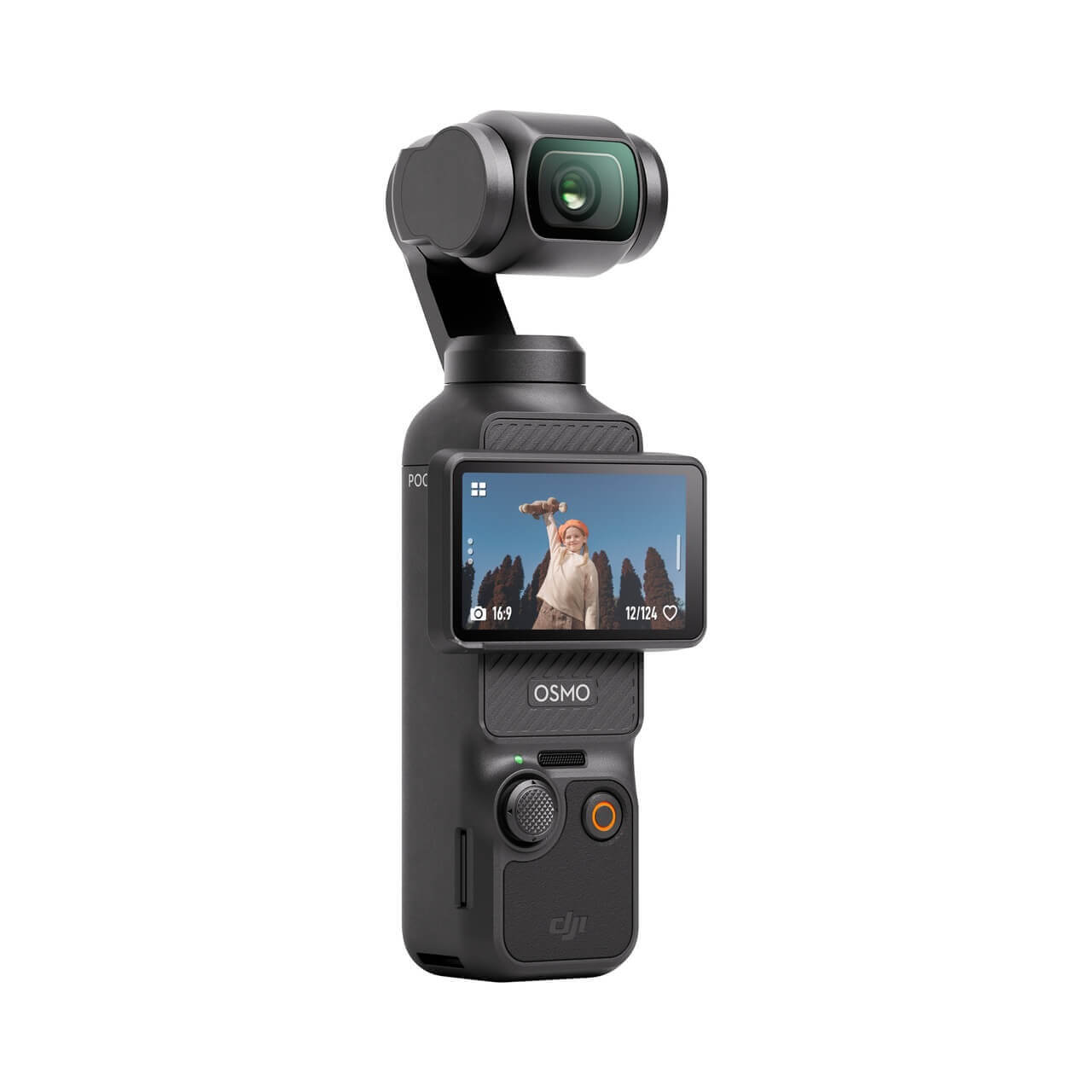
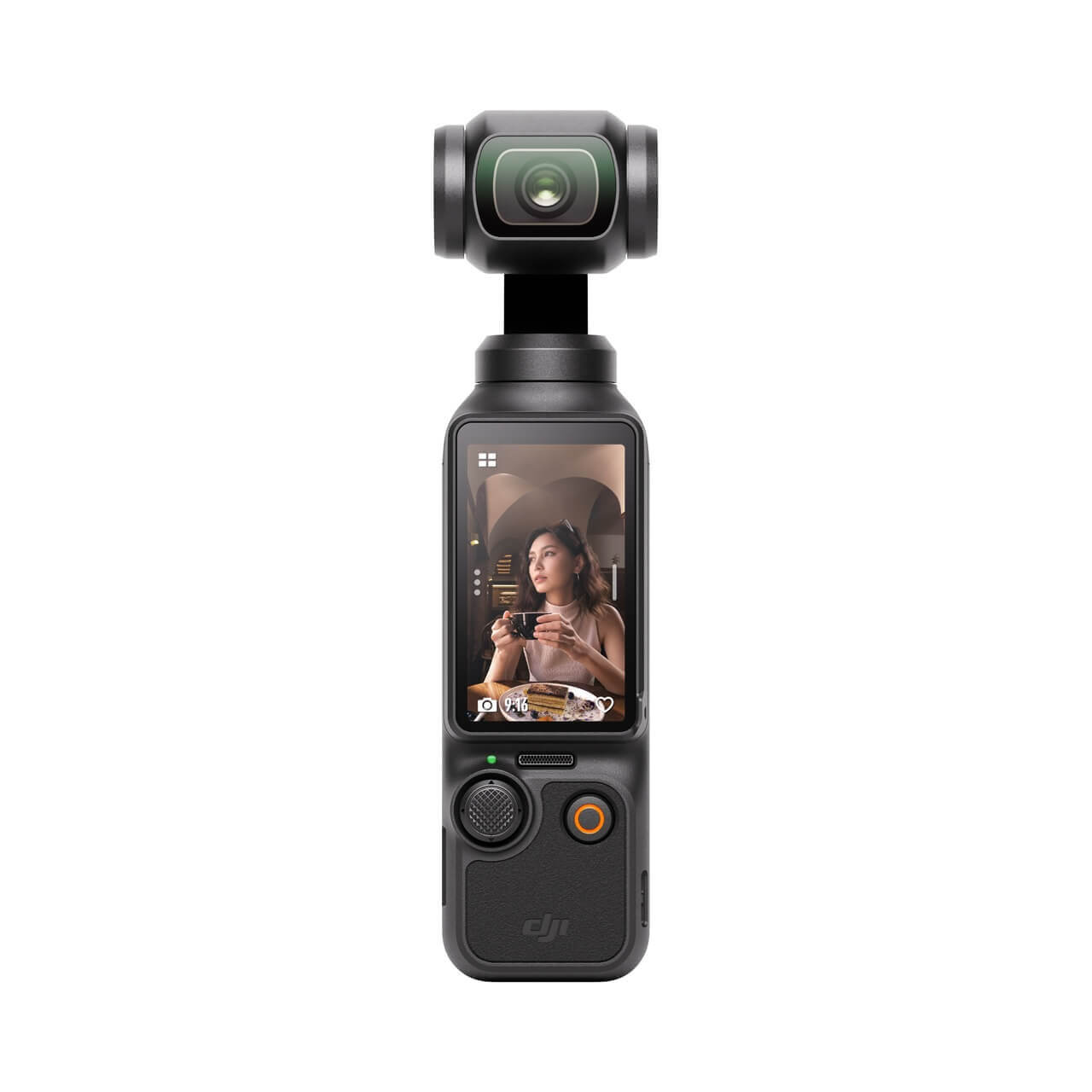
Pocket 3 introduces several new features that make it the ideal camera for shooting content for social media or capturing family moments. These features include a new portrait mode for shooting TikTok-friendly vertical videos at up to 3K resolution. Additionally, ActiveTrack 6.0 offers powerful face detection and shooting modes like ‘spin shot’ to create dynamic rotation transitions for your videos. The addition of live broadcast mode is another notable innovation.
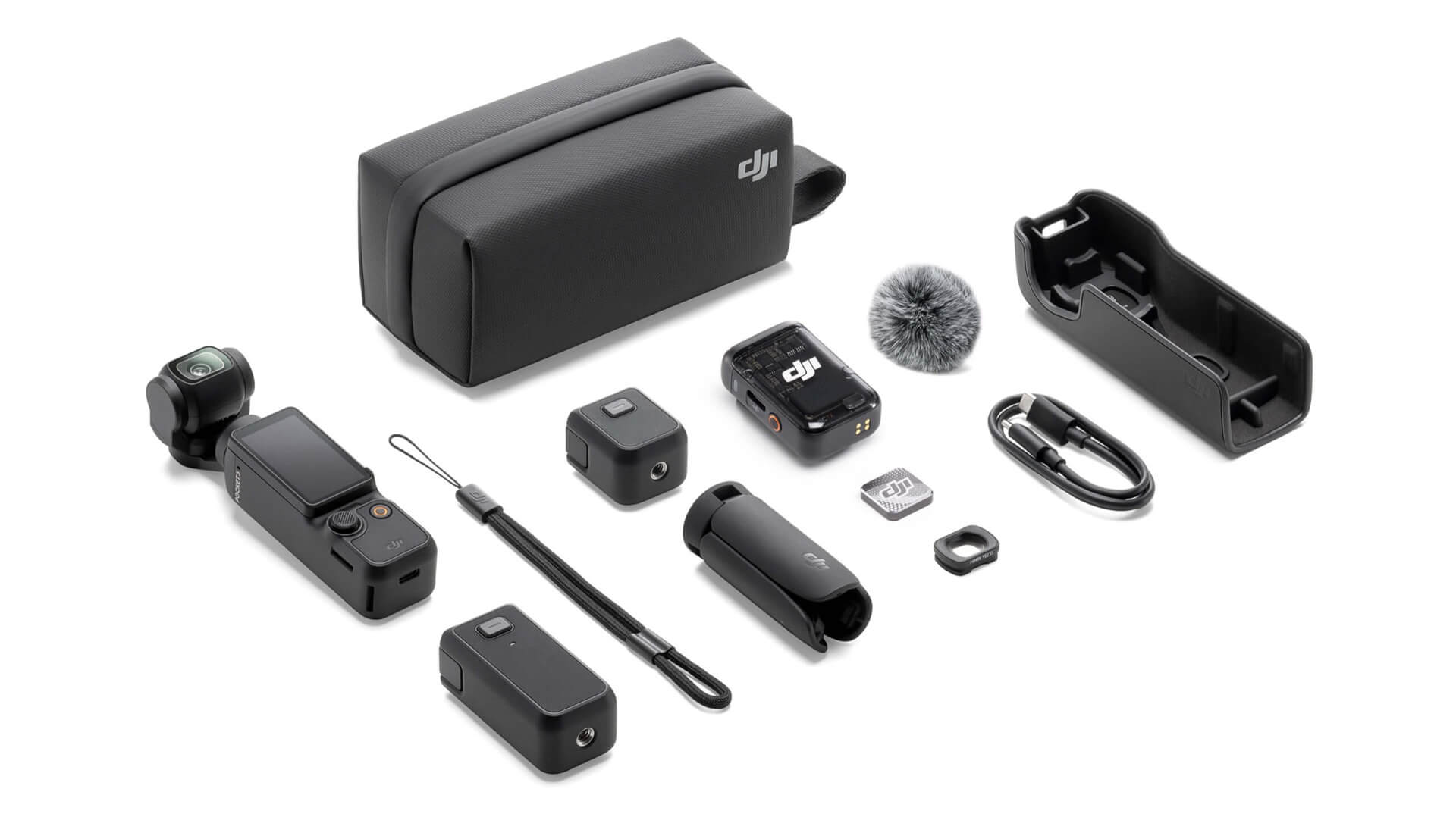
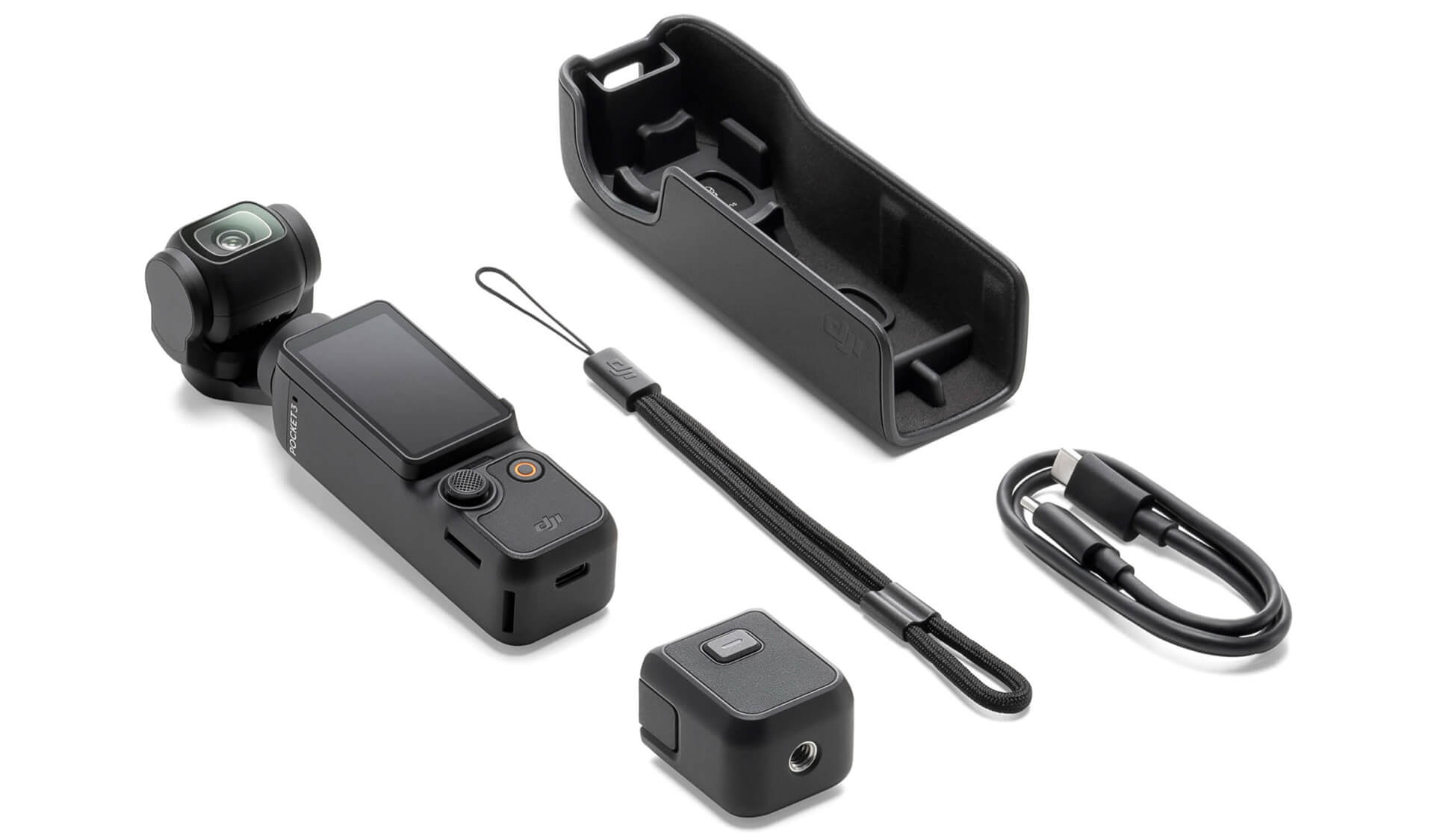
The only minor disappointment, besides the Pocket 3’s larger size, are the audio options (a three-microphone array), which remain the same as those on the Pocket 2. However, if you opt for the Creator Combo, it includes an external wireless microphone and a windshield, and the Pocket 3 is compatible with the new DJI Mic 2 transmitter.
DJI Pocket 3 vs. Pocket 2
| Technicial Specifications | DJI Pocket 3 | DJI Pocket 2 |
|---|---|---|
| Sensor | 1-inch CMOS | 1/1.7-inch |
| Lens | 20mm f/2.0 | 20mm f/1.8 |
| Screen size | 2 inches | 1-inch |
| Screen resolution | 314 x 556 Pixels | 220×240 Pixels |
| Screen brightness | 700 nits | 500 nits |
| ISO Range | 50-6400 (video) 50-16000 (low-light video) | 100-6400 (video) |
| Charging Time | 32 Minutes (with DJI 65s PD charging) | 73 minutes |
| Auto Focus | ActiveTrack 6.0 | ActiveTrack 3.0 |
| Video Features | 4K/120fps | 4K/60fps |
| Max video bit-depth | 10-bit | 8-bit |
| Dimensions | 139.7 x 42.2 x 33.5mm | 124.7 x 38.1 x 30mm |
| Weight | 179 grams | 117 grams |
| Battery | 1300mAh | 875mAh |
| Operation time | 166 minutes | 140 minutes |
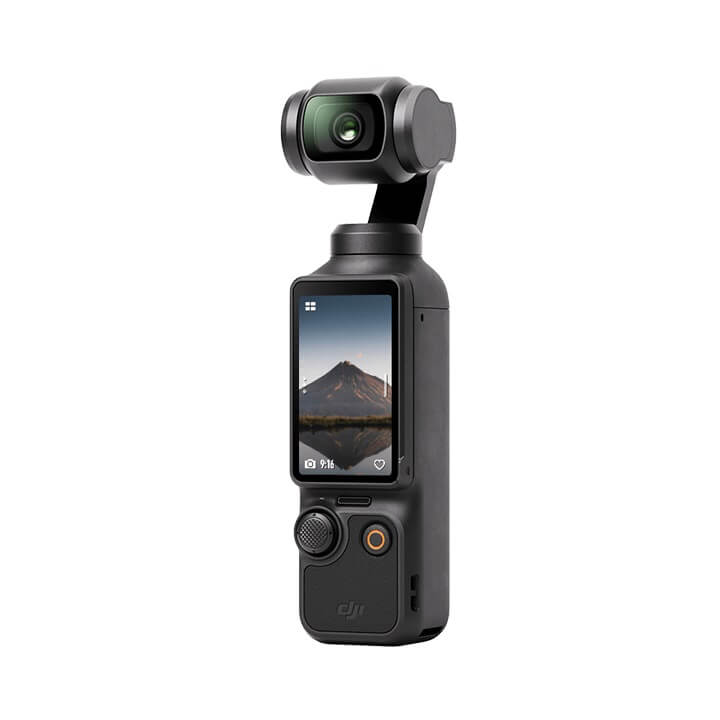
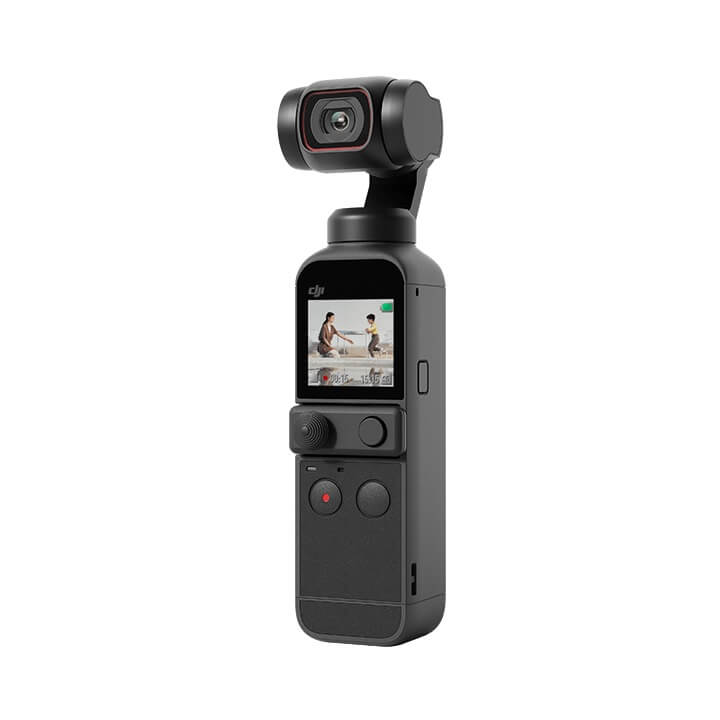
Unsurprisingly, Pocket 3’s increased power comes with some compromises. It’s a bit bulkier and heavier than the Pocket 2, weighing 62 grams more, but it still works well, and the additional weight is reasonable, especially considering that compact cameras with 1-inch sensors like the Sony ZV-1 II weigh 292 grams.
The Pocket 3’s build quality is notable; The flippable 2-inch screen feels solid, and there’s a handy tripod mount at the base of the camera.
Should I Buy DJI Pocket 3?
DJI Pocket 3 addresses many of its predecessor’s shortcomings, proving itself to be a great choice for creating social media content or capturing family moments.
It significantly improves low-light image quality with its 1-inch sensor, and a range of useful shooting modes, from portrait shooting to time lapses, make it a versatile upgrade over shooting video on your smartphone.
The only minor drawbacks are the lack of internal storage and a noticeable price increase compared to the Pocket 2. However, it remains relatively affordable compared to some of the best vlogging cameras, and its versatility and image quality make it a worthwhile investment.
